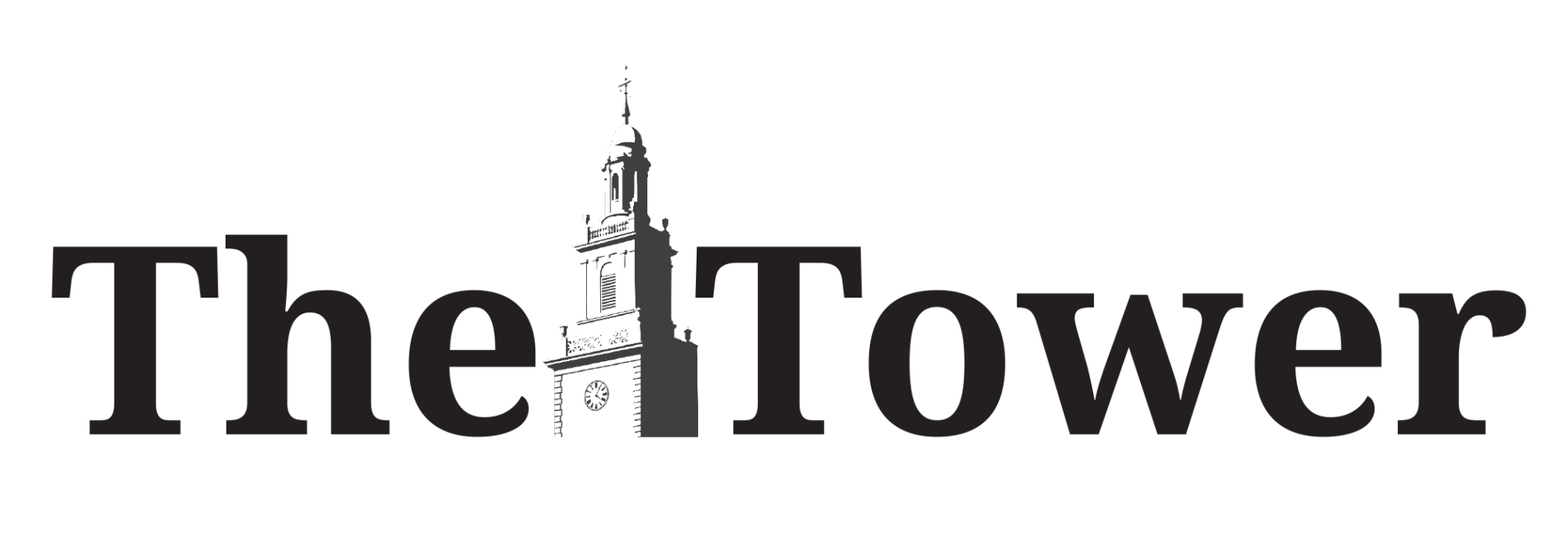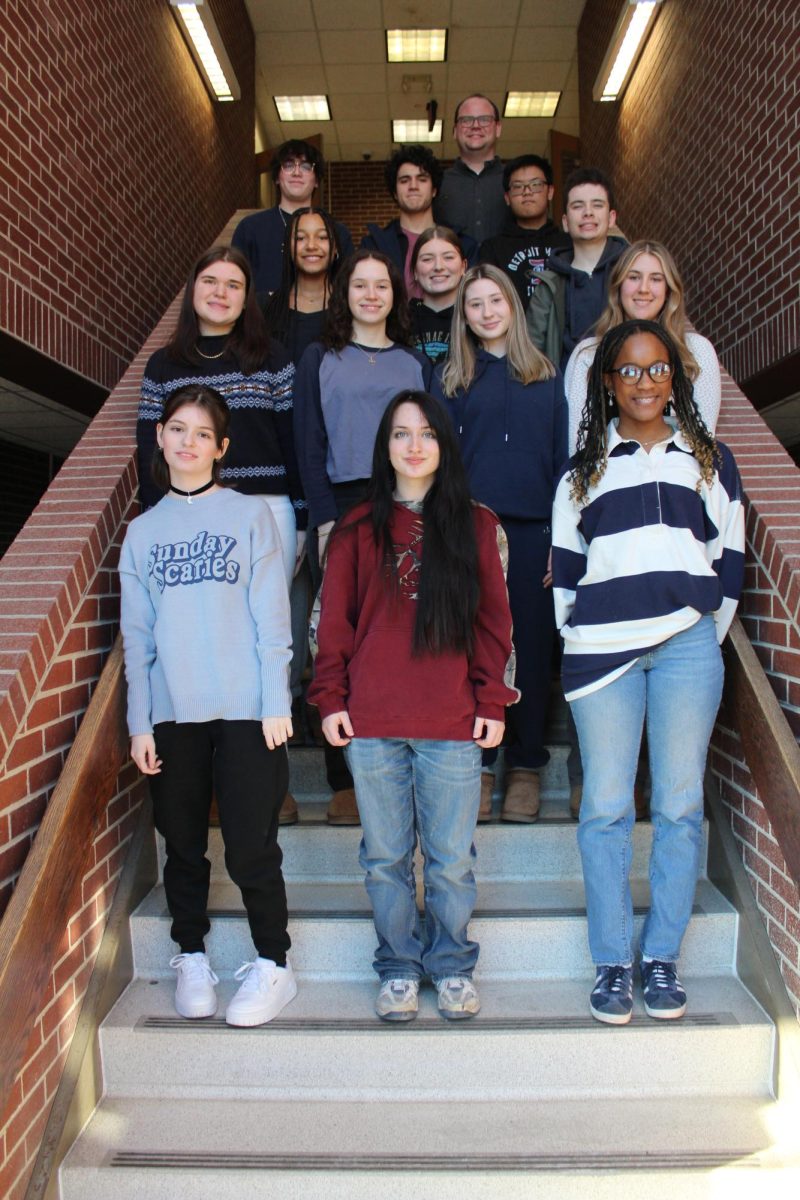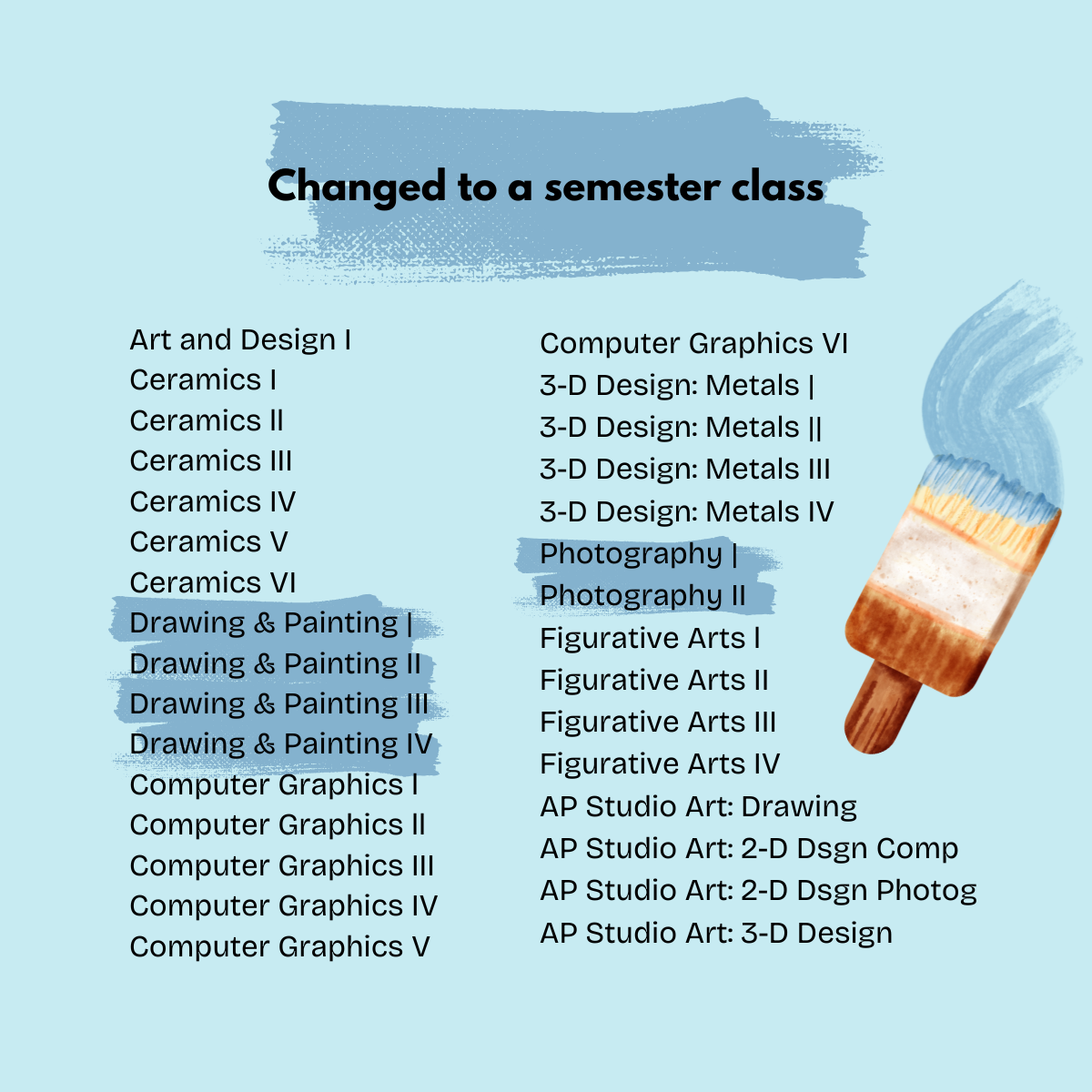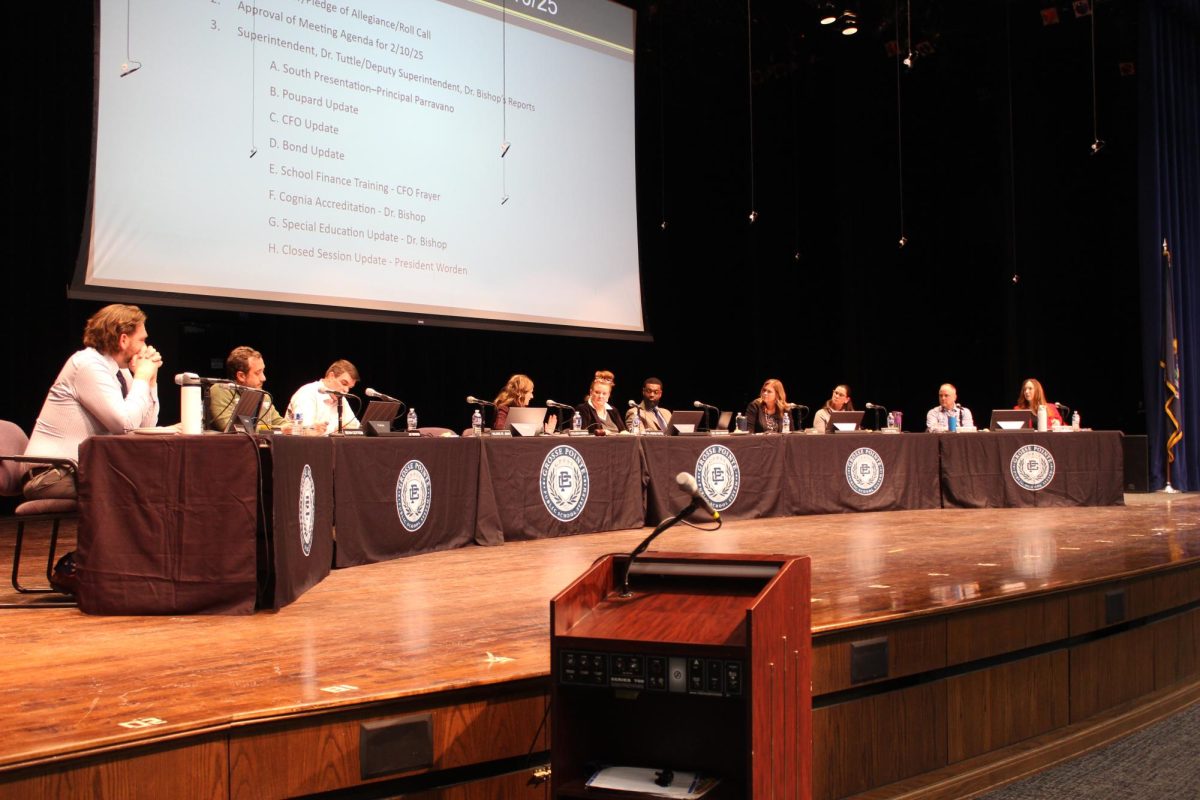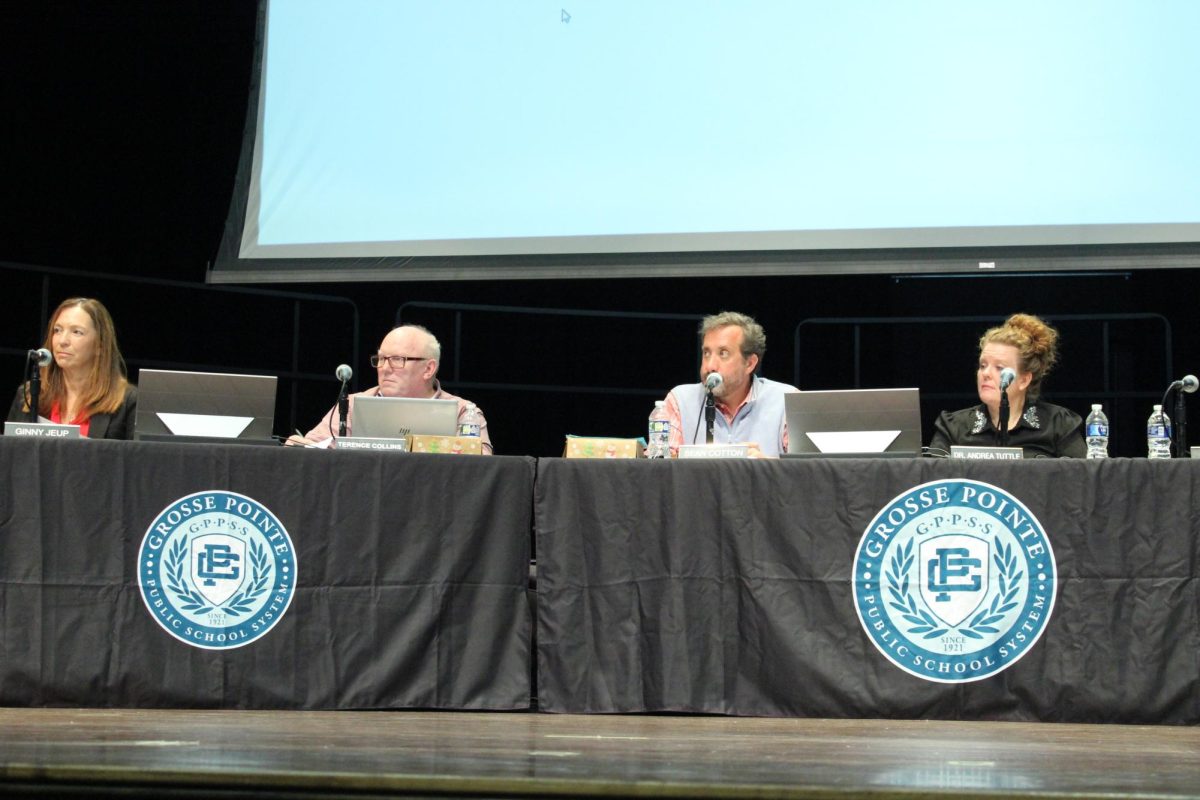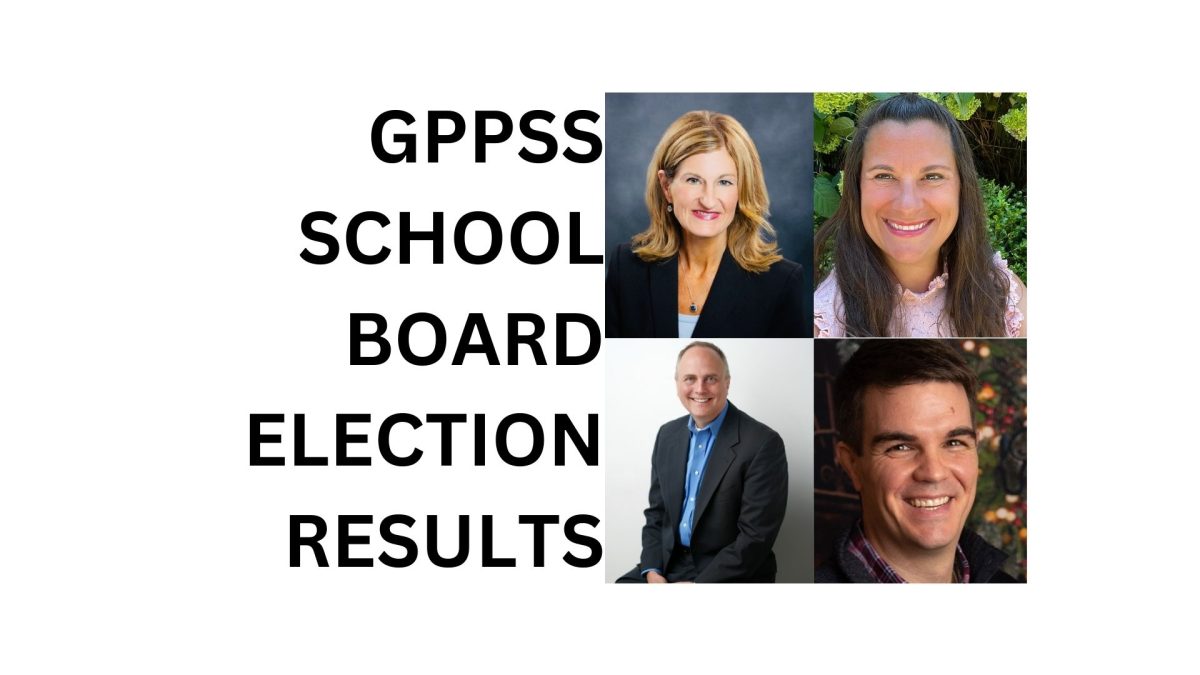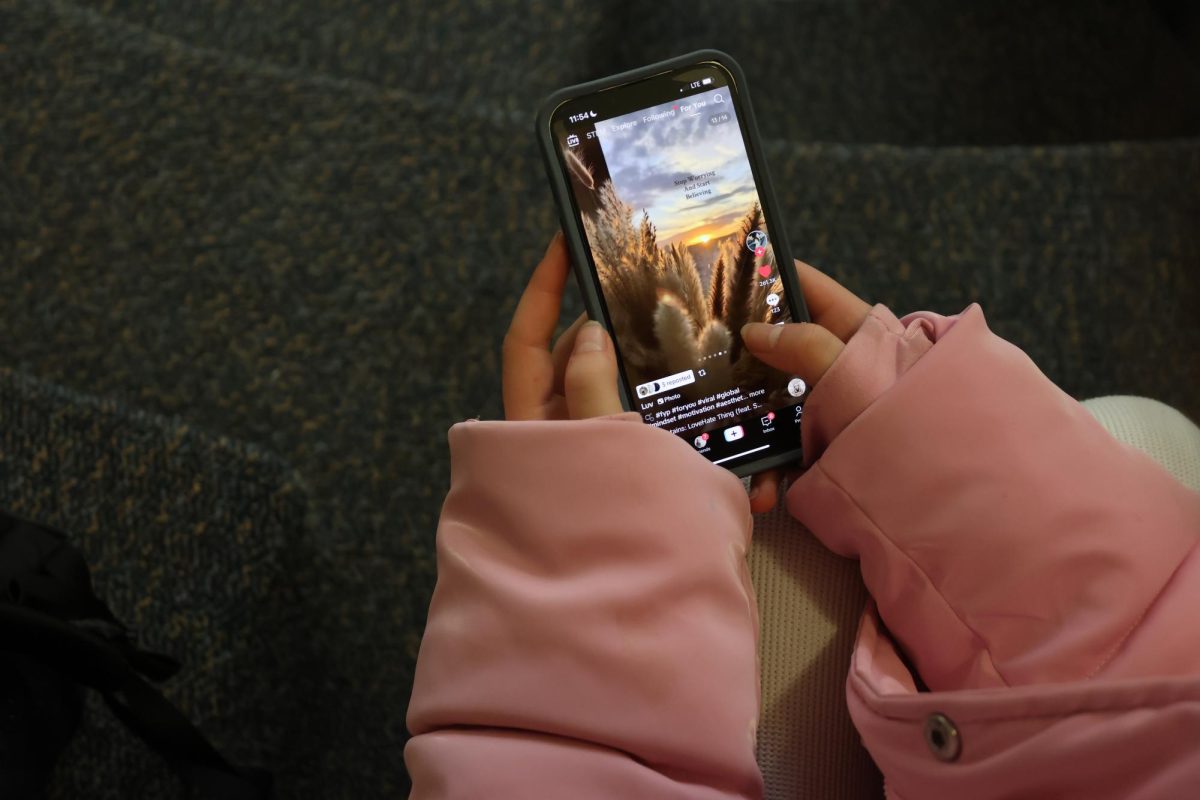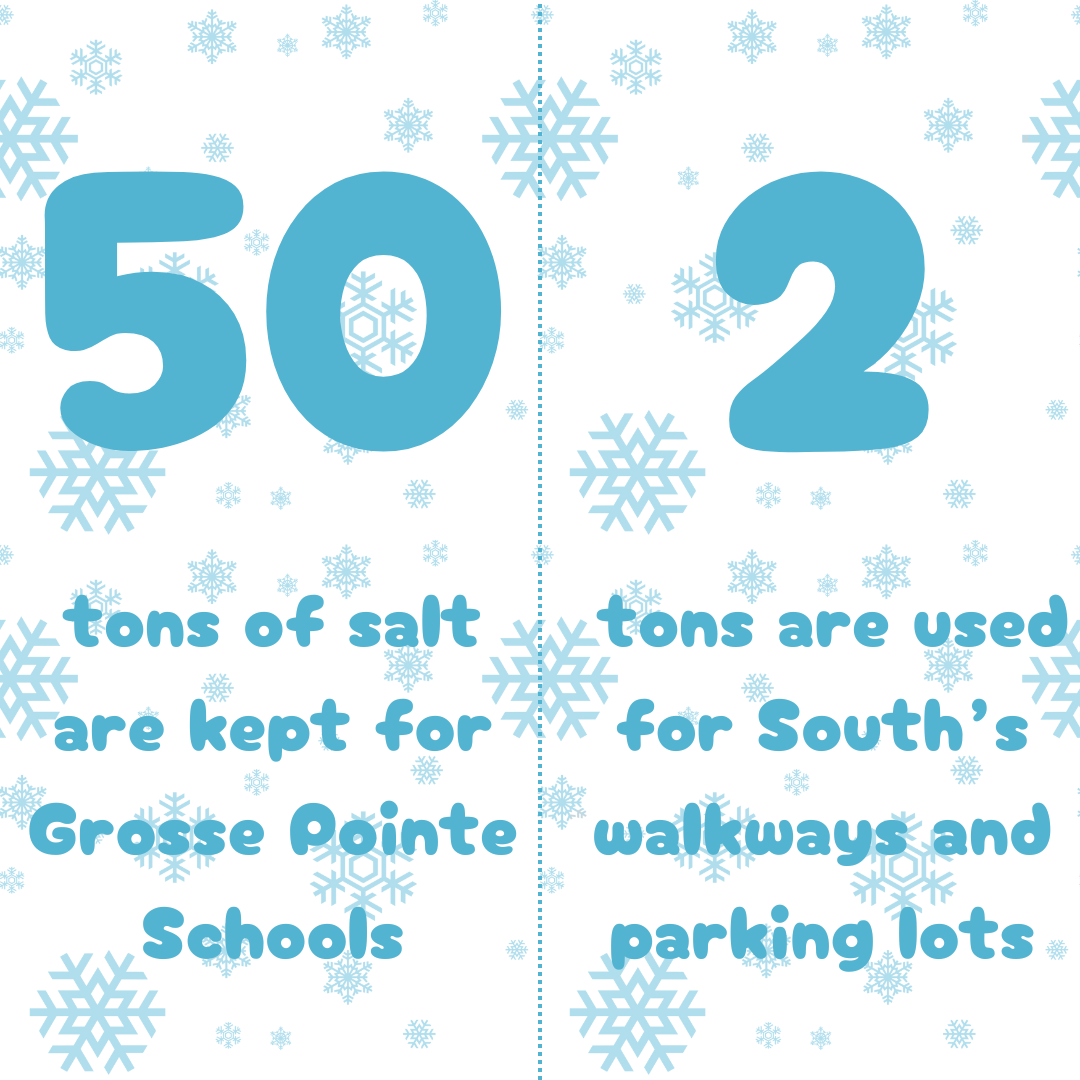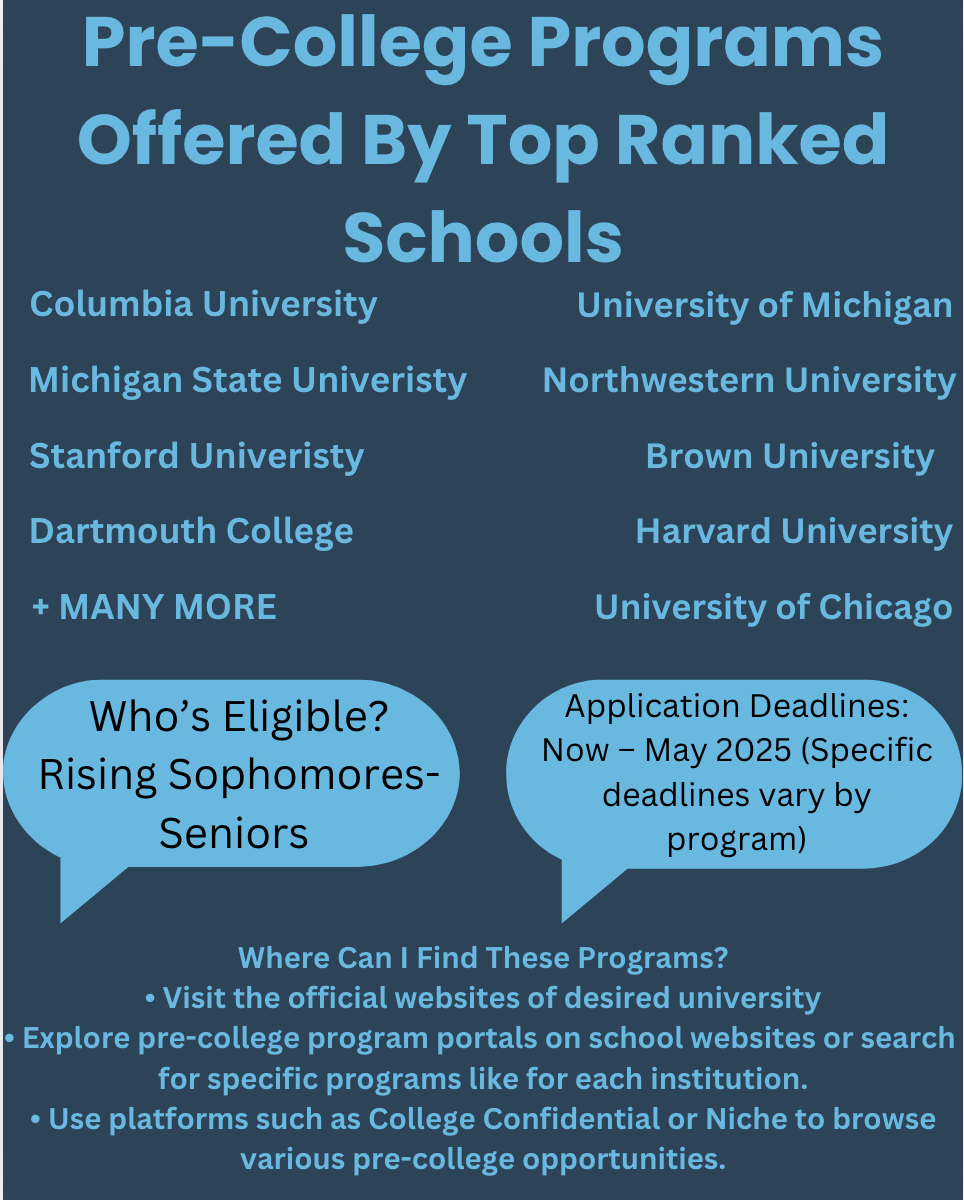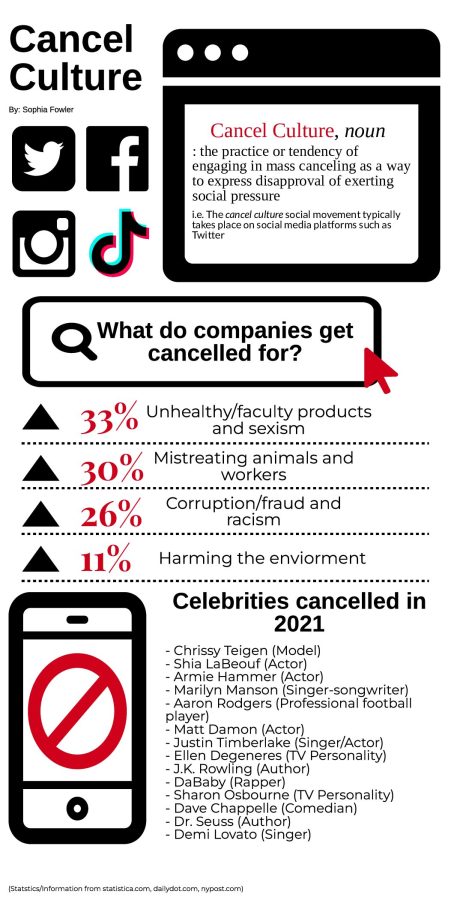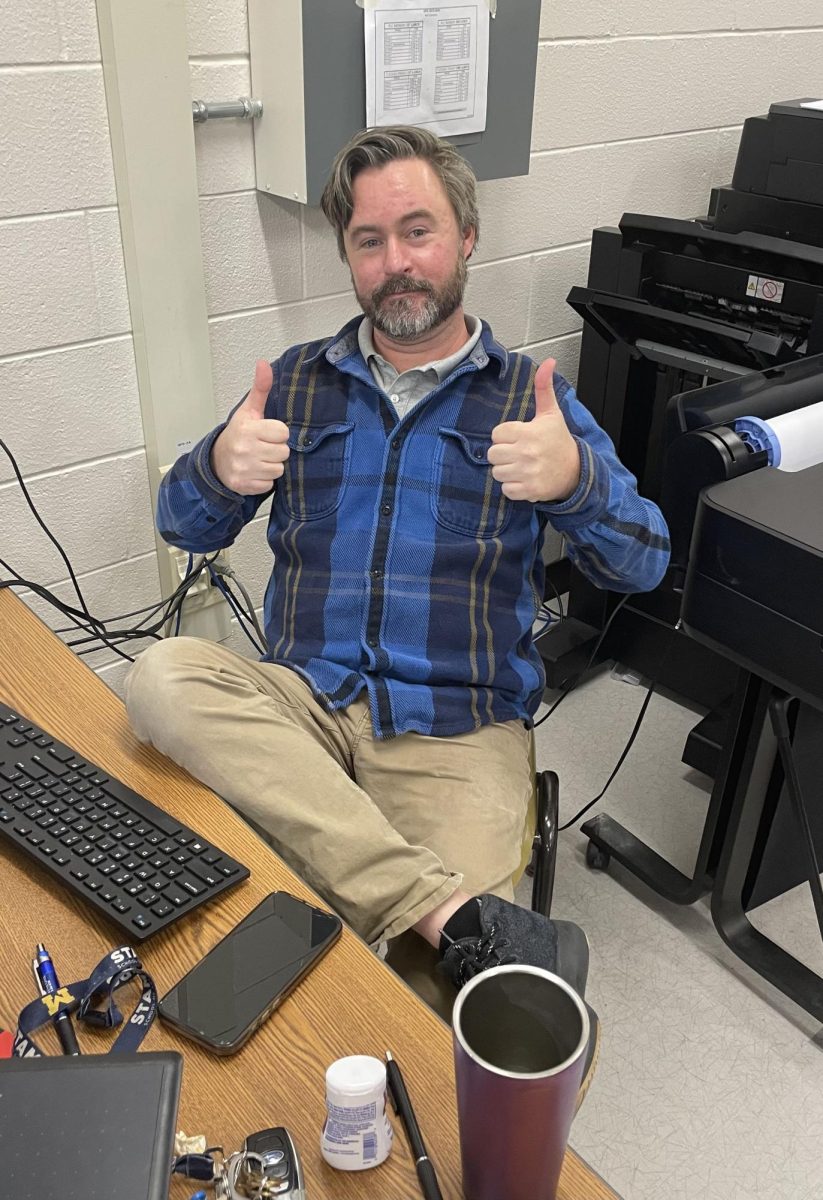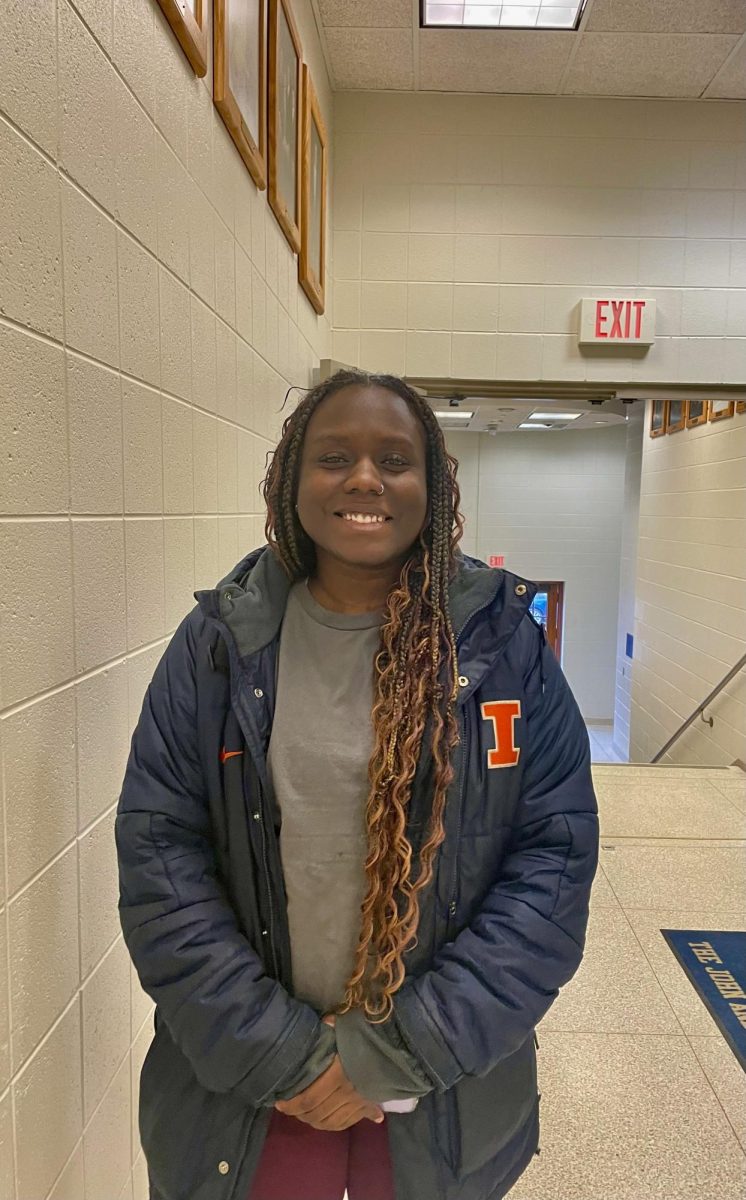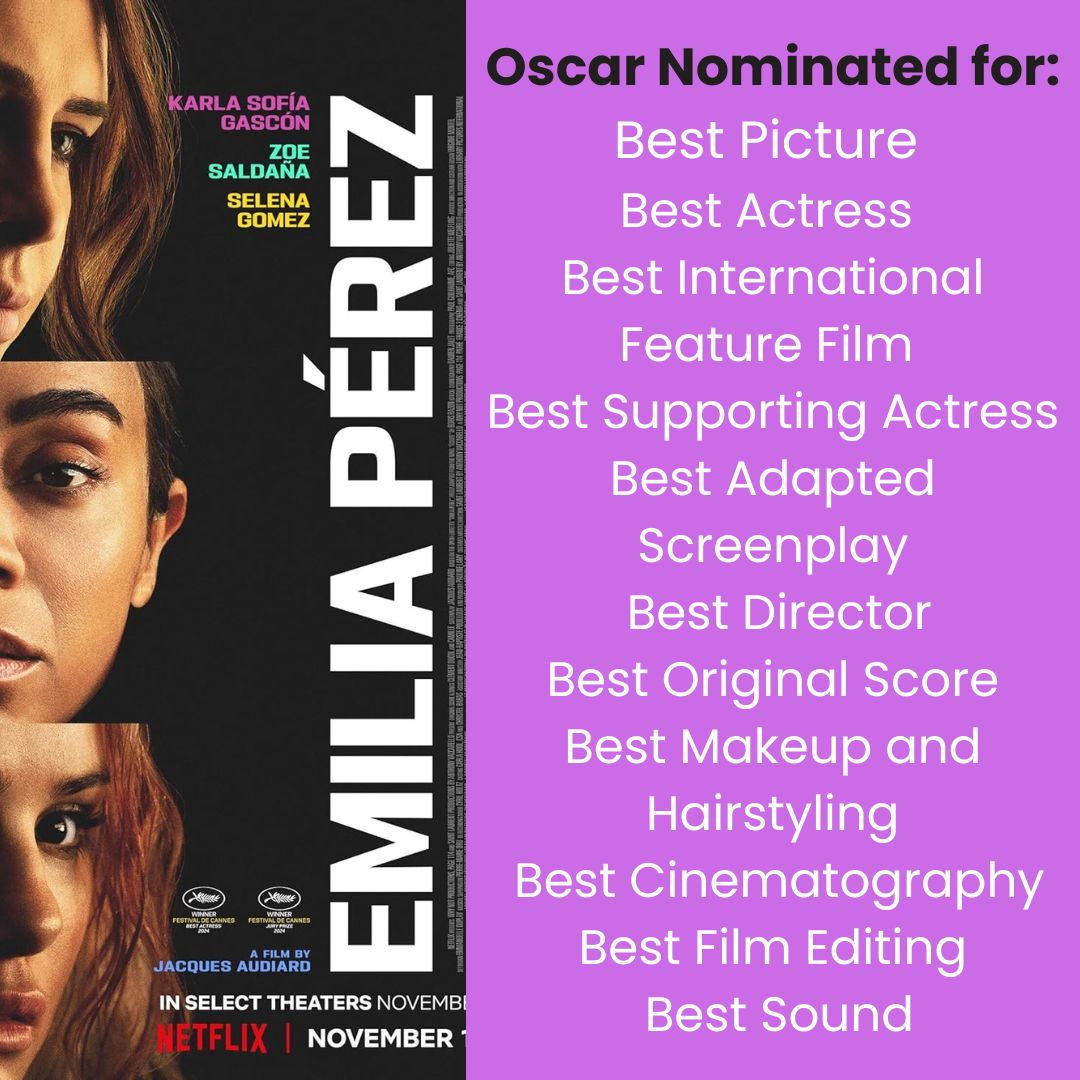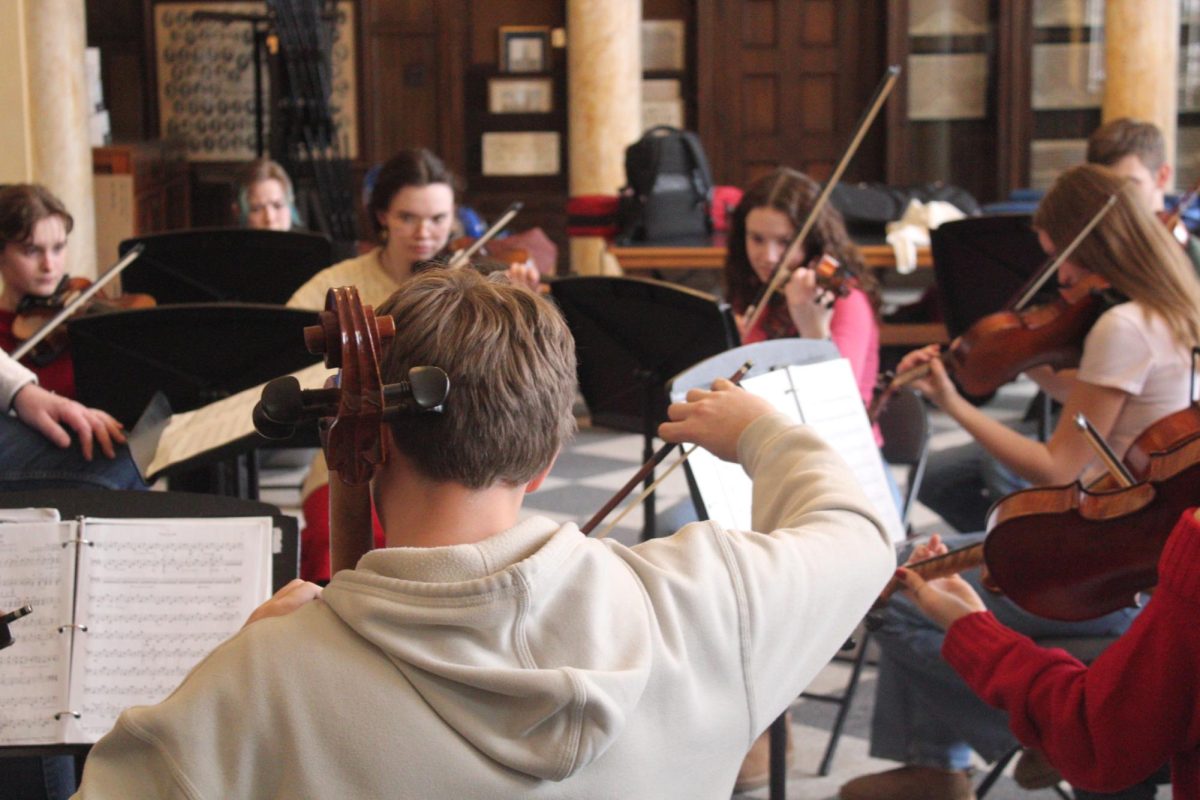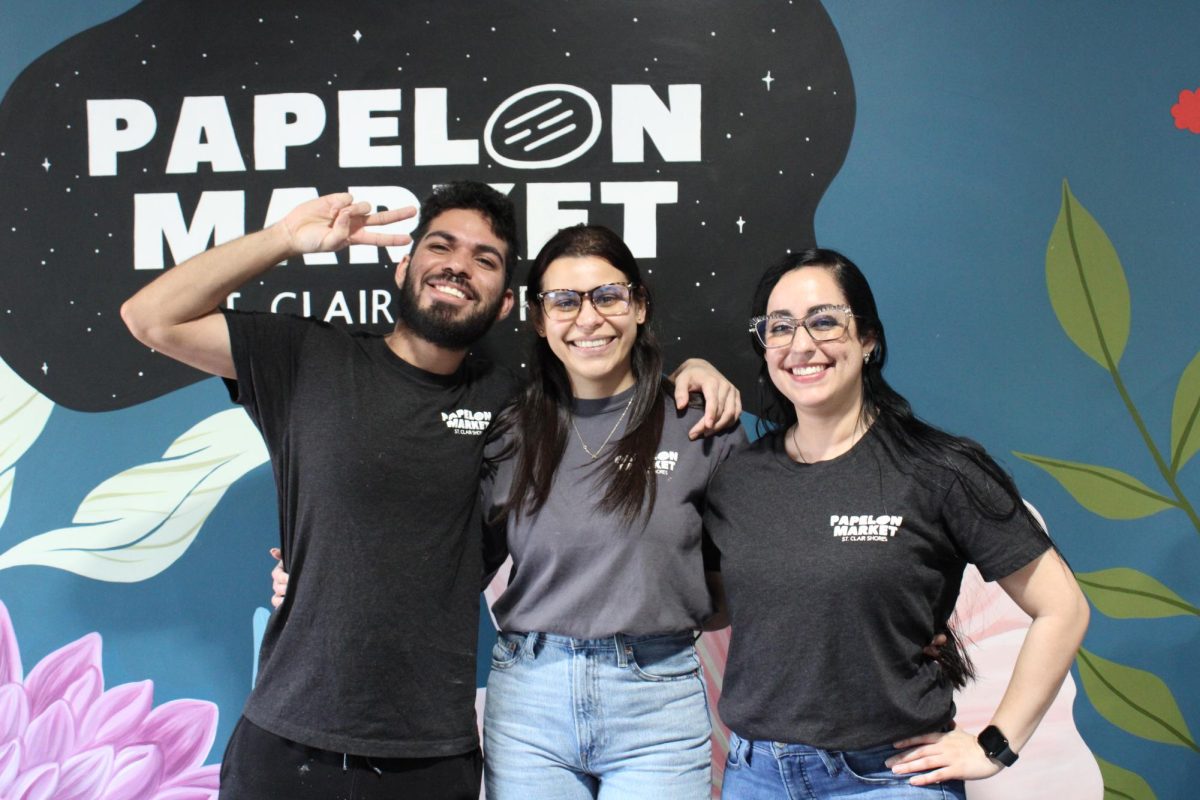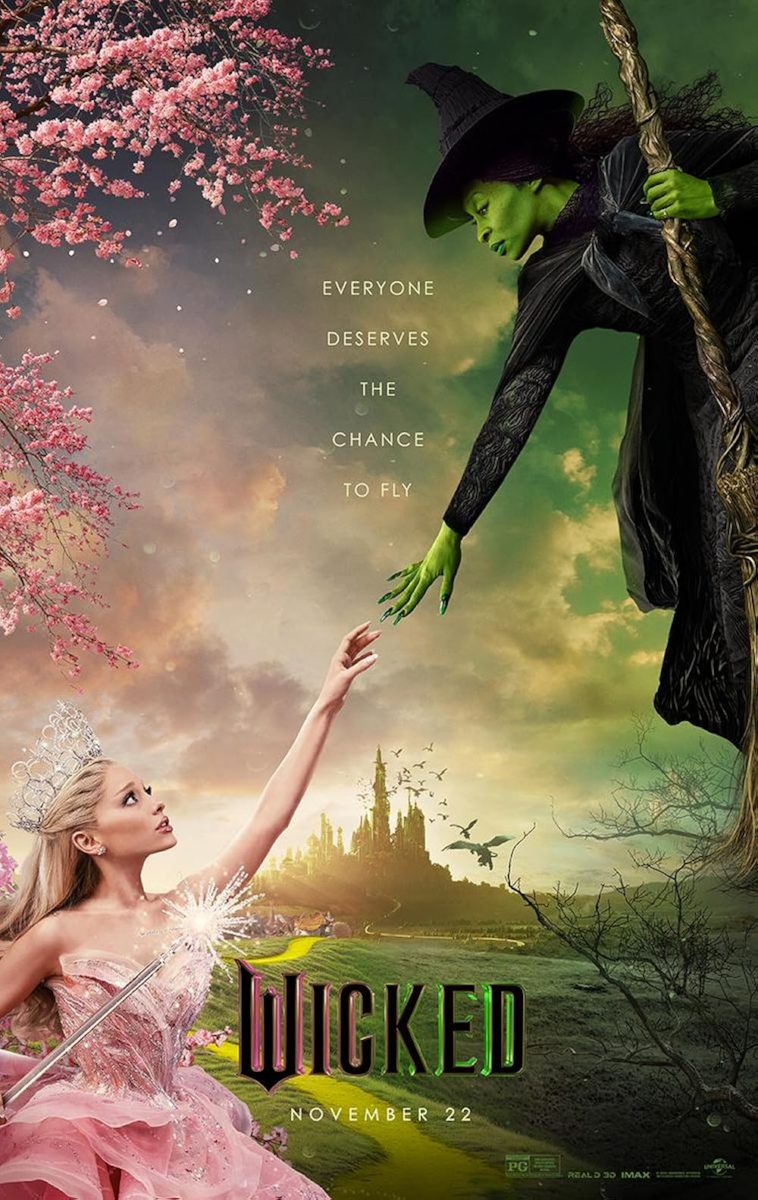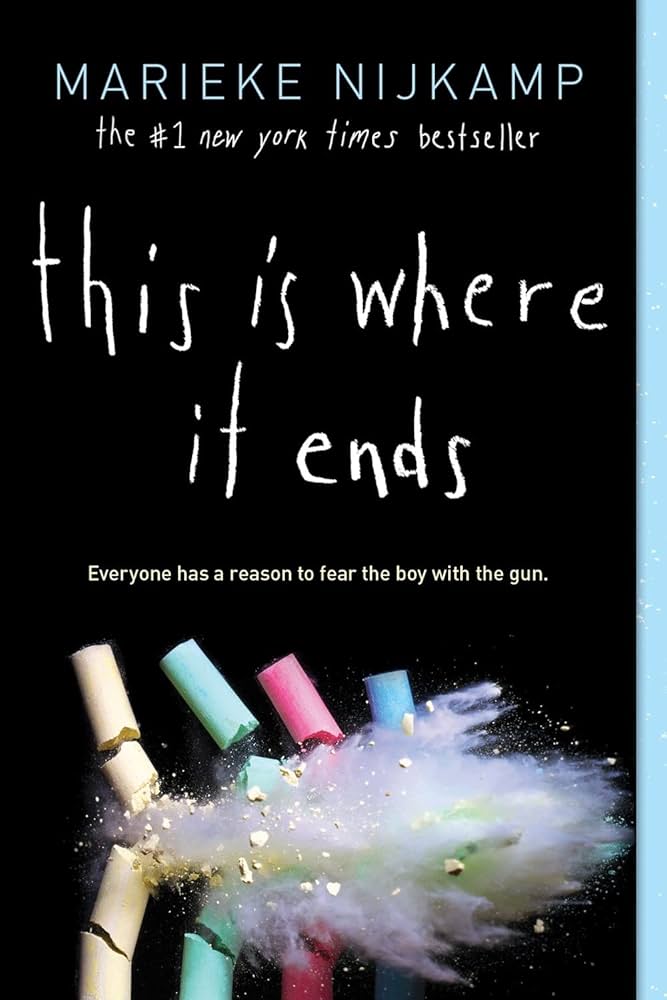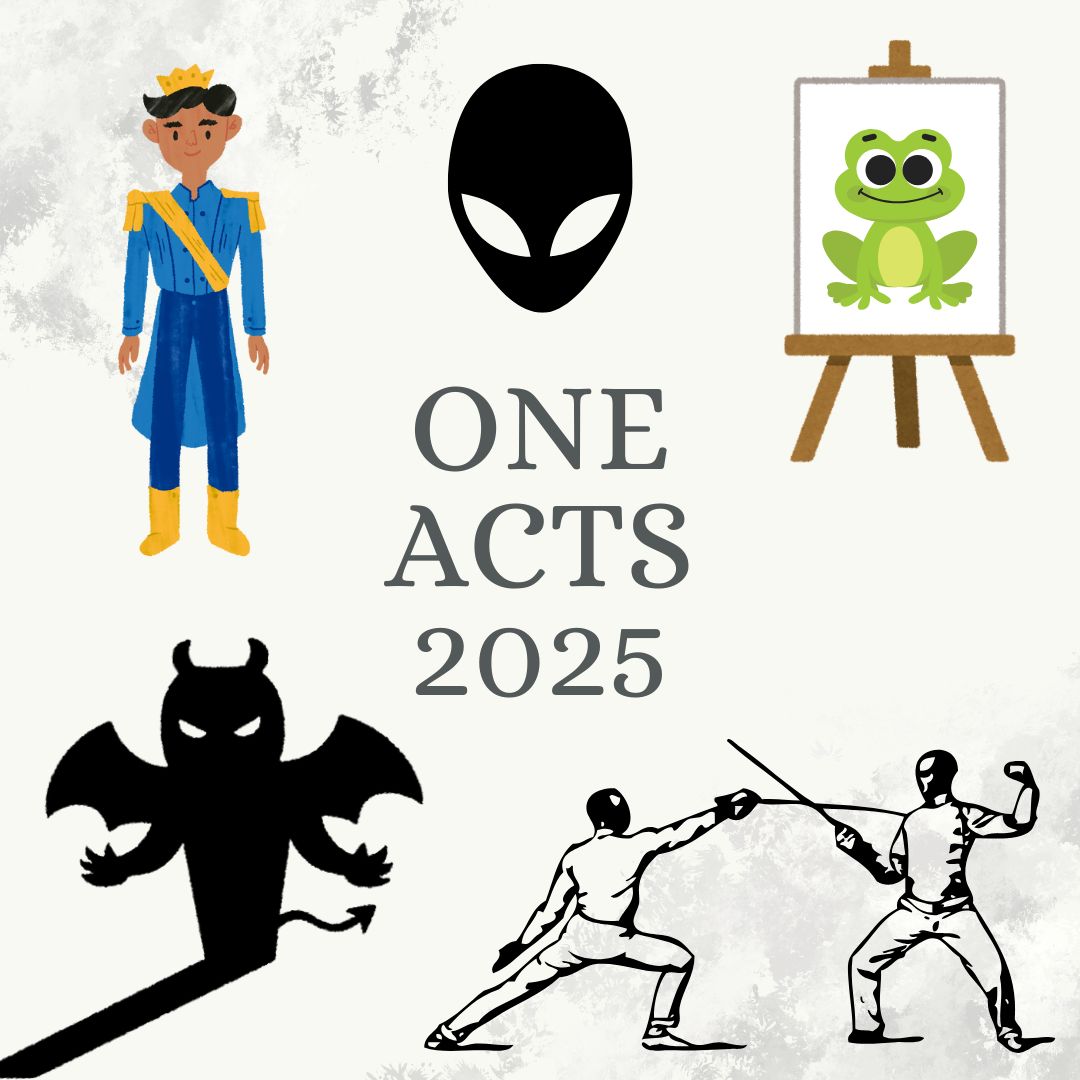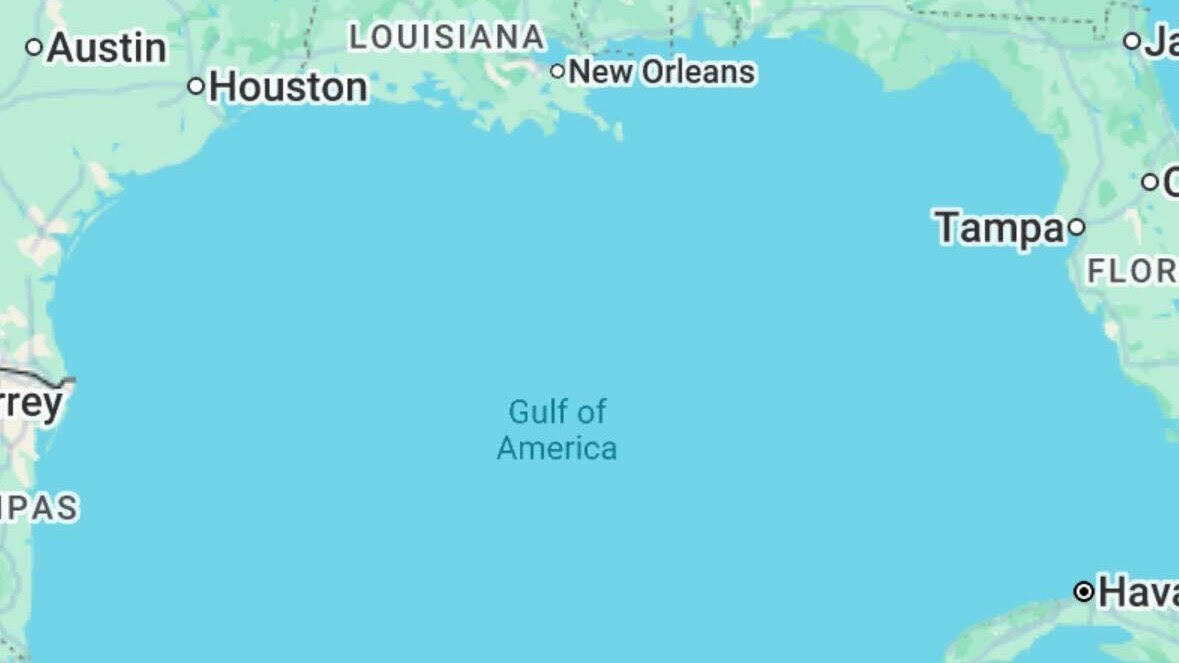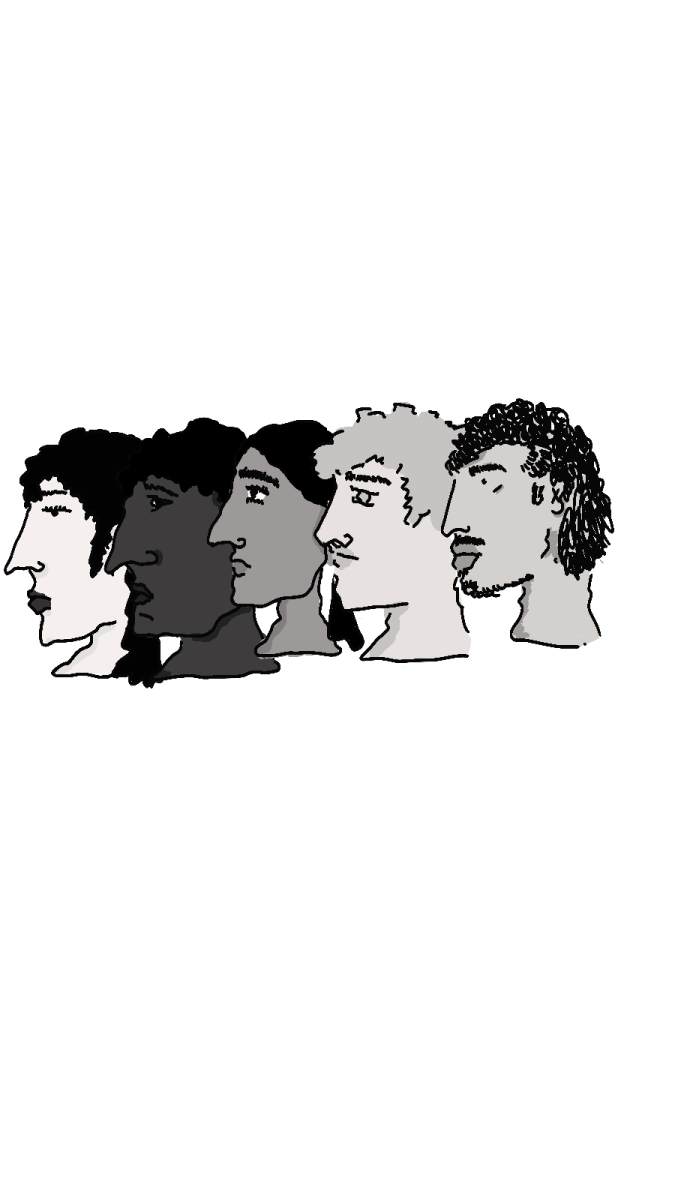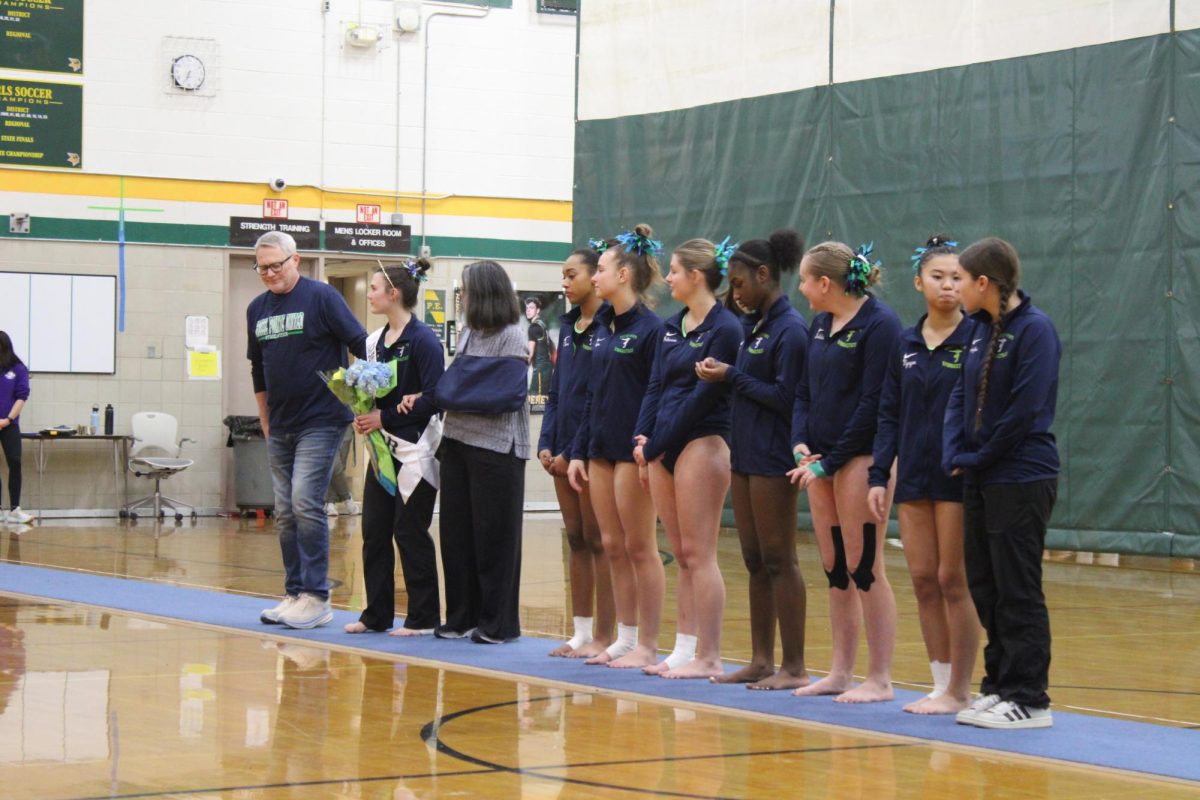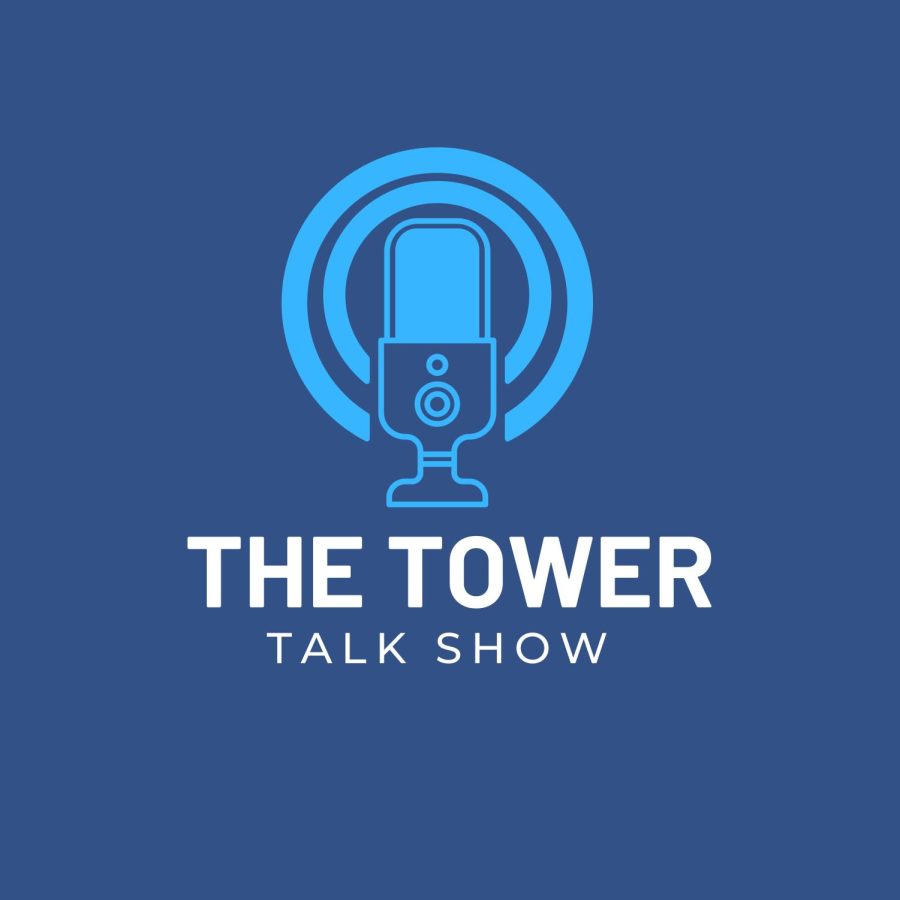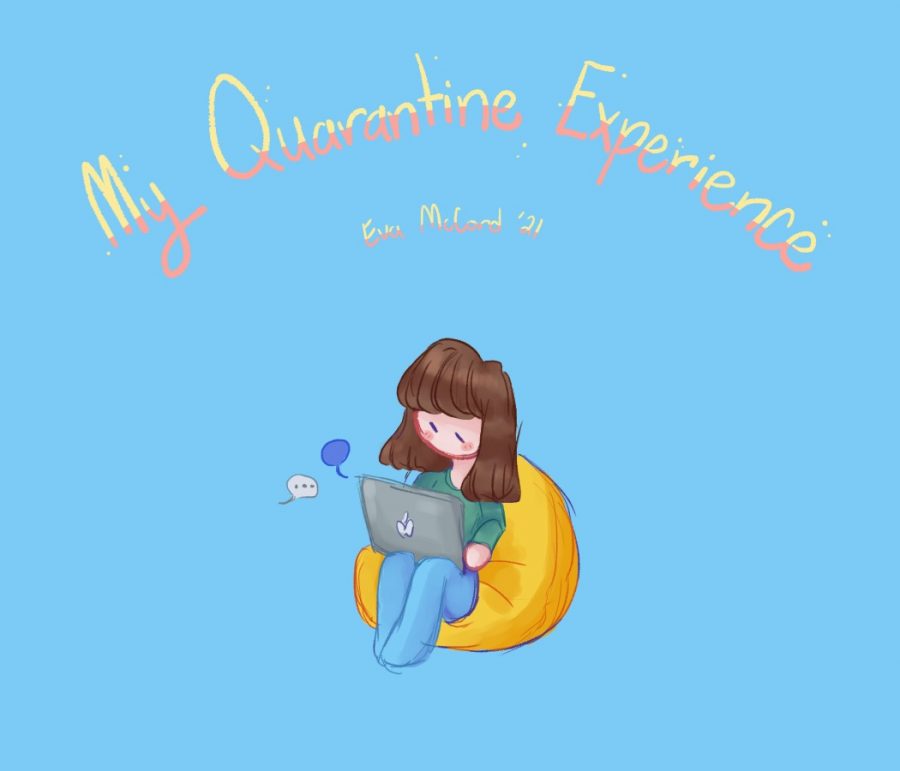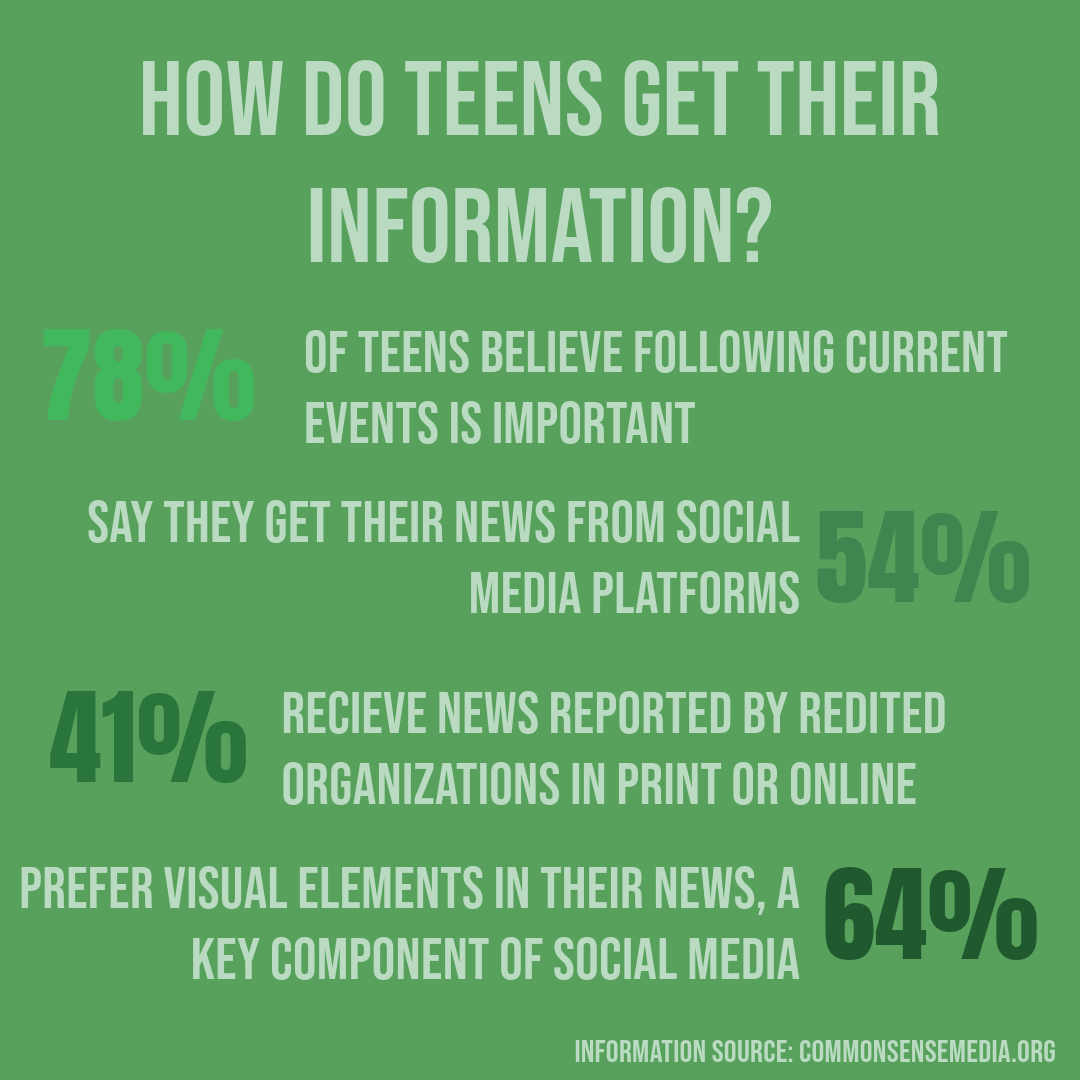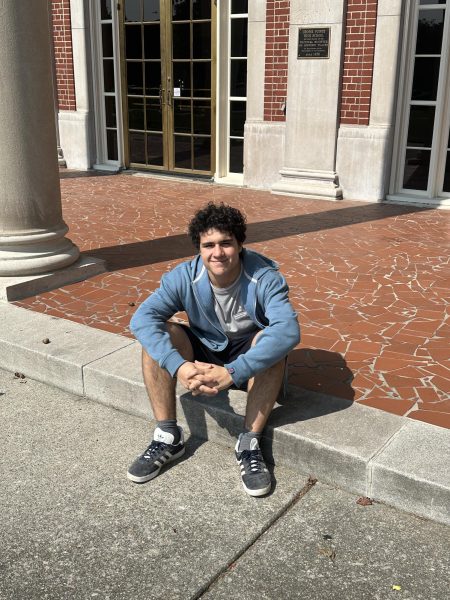As our society has become increasingly interconnected via the internet, people can access virtually anything anyone wants them to see. From posts claiming false or unverified information to the use of Artificial Intelligence (AI) deepfakes, navigating the political and cultural world has gotten more challenging and decisive. With so much false material and rapidly advancing AI, those who understand the importance of accurate information continue to grow increasingly concerned.
Adding fuel to the fire, major tech corporations such as Meta and X have recently eliminated third-party fact-checking. As foreign and false political machines spread their misinformation through major social networks, the lines between true and false become increasingly blurred.
One concerned media consumer includes Social Studies teacher Peter Palen. Having witnessed the rise of major social media platforms, he has also witnessed the drastic change in the diffusion of information.
“Social media has been a lot like the Wild West, and I think we are still experiencing that phase of it,” Palen said. “I think misinformation has been a part of the internet and present online since the dawn of the internet. But, it has been exasperated by major social media platforms. There has been a growing shift away from previously established legit institutions like the New York Times or Washington Post, and now everybody can get it in on the news cycle.”
Most students’ exposure to media and facts is derived from social media platforms like TikTok and Instagram. In a poll of over 100 South students, over 45% of students active on TikTok admitted to being exposed to blatant misinformation on the platform. Taking a page out of TikTok’s book, a concerning 35% have been fed it on Instagram. Other unregulated platforms such as Reddit, X, and YouTube continue to show an uprising trend in misinformation.
Many students continue to be very concerned by what they have seen while scrolling online. One of many students sharing similar opinions is John Priur ‘25, who believes social media companies should take more action and not draw back on fact-checking things that are blatantly or discreetly false, especially things that are made with AI.
“I think unless there is some kind of regulation or some kind of stop in the growth and development of AI, I think we will eventually get to the point of no return with truth being seen as solely subjective,” Priur said.
To Priur, one of the most concerning things is how misinformation has become weaponized in the geopolitical realm.
“There’s legitimate evidence that foreign governments are weaponizing AI and misinformation in order to make an effect in geopolitical events,” Priur said. So when it comes to regulating how companies handle misinformation I would hope it steps on the toes of the corporations who have really harmed other’s ability to free speech, because they have allowed the discourse to become polluted with lies.”
Believing tech corporations cannot be trusted to make substantial changes in curbing misinformation, Priur hopes that the public will try to be more responsible for the information they believe in the future.
“I think in the end it’s everyone’s responsibility to have a better eye and work out what is true or false since it’s kind of pointless to rely on tech executives to do so as it is not in their financial interest, but I don’t think people really care that much, which makes it easier for misinformation to spread unchecked,” Prior said.
Seeing AI-generated misinformation all over the internet, especially on Instagram, Matilda Konieczki ’29 shares similar hopes to Priur’s.
“There’s so much AI content, especially about new animals that have been ‘resurfaced’, or created for oohs and ahs. I’ve seen a shiny miniature pink snake that looks like it was taken out of a cartoon. When you go to look it up on Google, it’s nowhere to be found because it was made up or AI-generated,” Konieczki said. “You’ll see a lot of comments on those kinds of posts that will be like ‘Oh this is so cool’ or ‘Where can I get my hands on one’ and sadly it’s not real at all and deceives people who can’t detect that. It’s just misinformation.”
To Counselor Troy Glasser, the main way to counter mass misinformation is by having a strong family structure that prioritizes honesty.
“We are fortunate to live in a community with a great education and great family infrastructure,” Glasser said. “Our kids tend to be well versed or exposed or have parents paying attention and having those conversations.”
To Palen, the messiness that results from relying on social media as a primary source of news is the amount of interest vying to win people over.
“There’s the Chinese Communist Party that’s involved in TikTok through its parent company,” Palen said. “You have Elon Musk, the richest man in the world, who has his own political interests and agenda as the owner of X, one of the largest social networking sites in the world, so the interests at play can be very concerning.”
The topic of politics along with misinformation builds the rocky wall most social media platforms are not willing to climb yet. Encouraging censorship of false media, Konieczki remains adamant about the need for people to become less tone-deaf and more educated with their interpretations of the media, as well as company regulations on what can be published.
“With all the generated misinformation there should definitely be something to stop or monitor it,” Konieczki said. “You can still have free speech without spreading complete lies, you can speak on literally anything except for things you make up.There’s so many topics that are correct that you can report about. Why not just do one of those?”
When it comes to the topic of AI tools being used in an effective way to combat misinformation, Palen believes the responsibility is more on the media literacy of the population.
“In a perfect world, people would be able to fact-check themselves, but the majority of people really don’t have much time for that,” Palen said. “And when it comes to relying on AI to be a fact checker, it will only be as good as its input allows it to be, which can be risky if bad actors get control of it.”
With young people using social media as their primary source of news, Palen believes teachers need to seize the opportunity to educate their students on approaching what they see carefully.
“I recently read that for young people, TikTok is their number one source of news,” Palen said. “That gives a responsibility to us as teachers to try to teach students to take information with a grain of salt. We need to improve media literacy by educating young people to interpret whether a source is credible and to make informed decisions about these things.”
